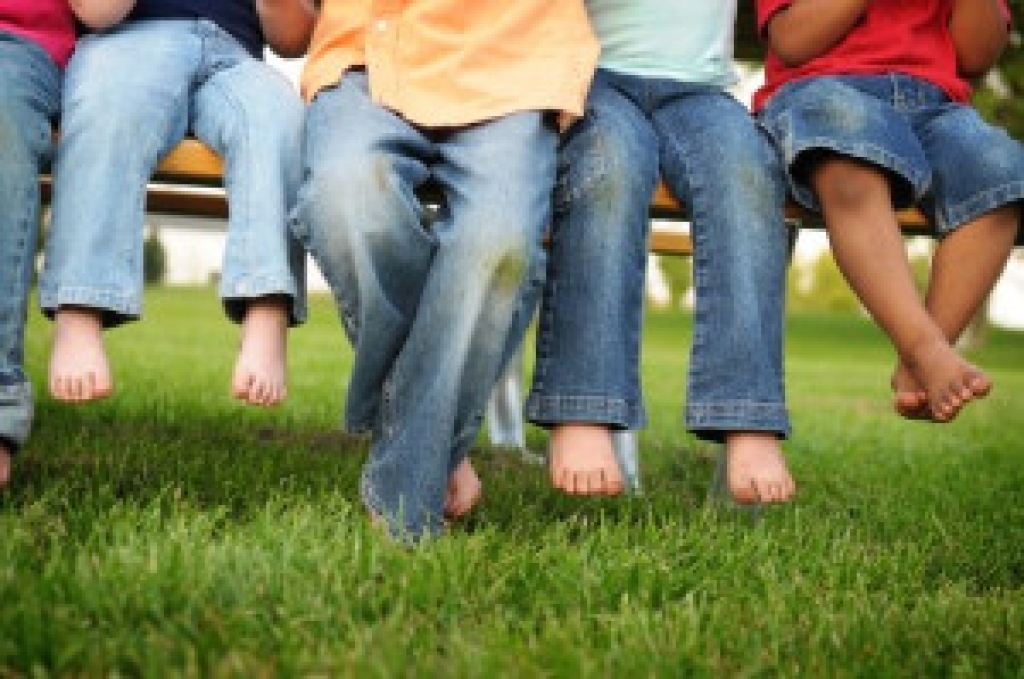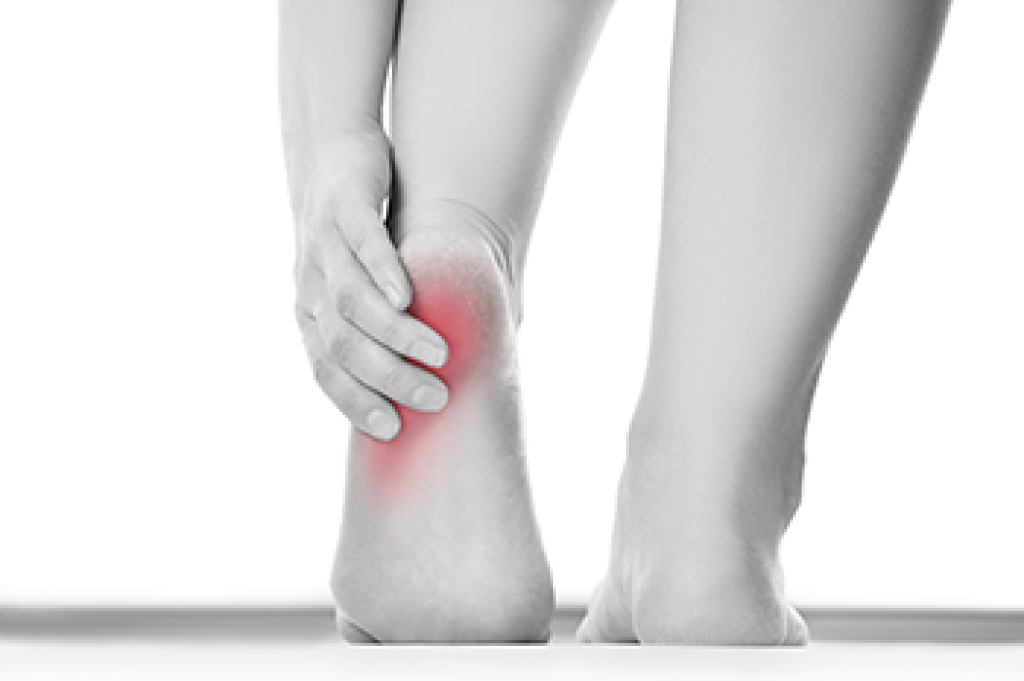 It is essential for young children to be barefoot when they first learn to walk, in order to allow their muscles to develop properly. The bones in a baby’s foot aren’t fully developed until they are around 5 years old, and tend to be very soft up until that point. To ensure toddler shoes fit properly and support healthy foot development, check length, width, flexibility, and heel grip. There should be about a thumb’s width of space at the front for growth, and the sides should fit snugly without pinching while allowing toe movement. Choose shoes with soft, flexible soles that bend easily to encourage natural movement. Lastly, make sure the heel fits securely without slipping or feeling overly tight, which helps prevent blisters and provides stability. If your child is just learning to walk, it is suggested that you make an appointment with a podiatrist for guidance on proper footwear.
It is essential for young children to be barefoot when they first learn to walk, in order to allow their muscles to develop properly. The bones in a baby’s foot aren’t fully developed until they are around 5 years old, and tend to be very soft up until that point. To ensure toddler shoes fit properly and support healthy foot development, check length, width, flexibility, and heel grip. There should be about a thumb’s width of space at the front for growth, and the sides should fit snugly without pinching while allowing toe movement. Choose shoes with soft, flexible soles that bend easily to encourage natural movement. Lastly, make sure the heel fits securely without slipping or feeling overly tight, which helps prevent blisters and provides stability. If your child is just learning to walk, it is suggested that you make an appointment with a podiatrist for guidance on proper footwear.
Making sure that your children maintain good foot health is very important as they grow. If you have any questions, contact one of our podiatrists of Foot Doctors of Utica. Our doctors can provide the care you need to keep you pain-free and on your feet.
Keeping Children's Feet Healthy
Having healthy feet during childhood can help prevent medical problems later in life, namely in the back and legs. As children grow, their feet require different types of care. Here are some things to consider...
Although babies do not walk yet, it is still very important to take care of their feet.
Avoid putting tight shoes or socks on his or her feet.
Allow the baby to stretch and kick his or her feet to feel comfortable.
As a toddler, kids are now on the move and begin to develop differently. At this age, toddlers are getting a feel for walking, so don’t be alarmed if your toddler is unsteady or ‘walks funny’.
As your child gets older, it is important to teach them how to take care of their feet.
Show them proper hygiene to prevent infections such as fungus.
Be watchful for any pain or injury.
Have all injuries checked by a doctor as soon as possible.
Comfortable, protective shoes should always be worn, especially at play.
If you have any questions, please feel free to contact our offices located in Herkimer, and New Hartford, NY . We offer the newest diagnostic and treatment technologies for all your foot care needs.




